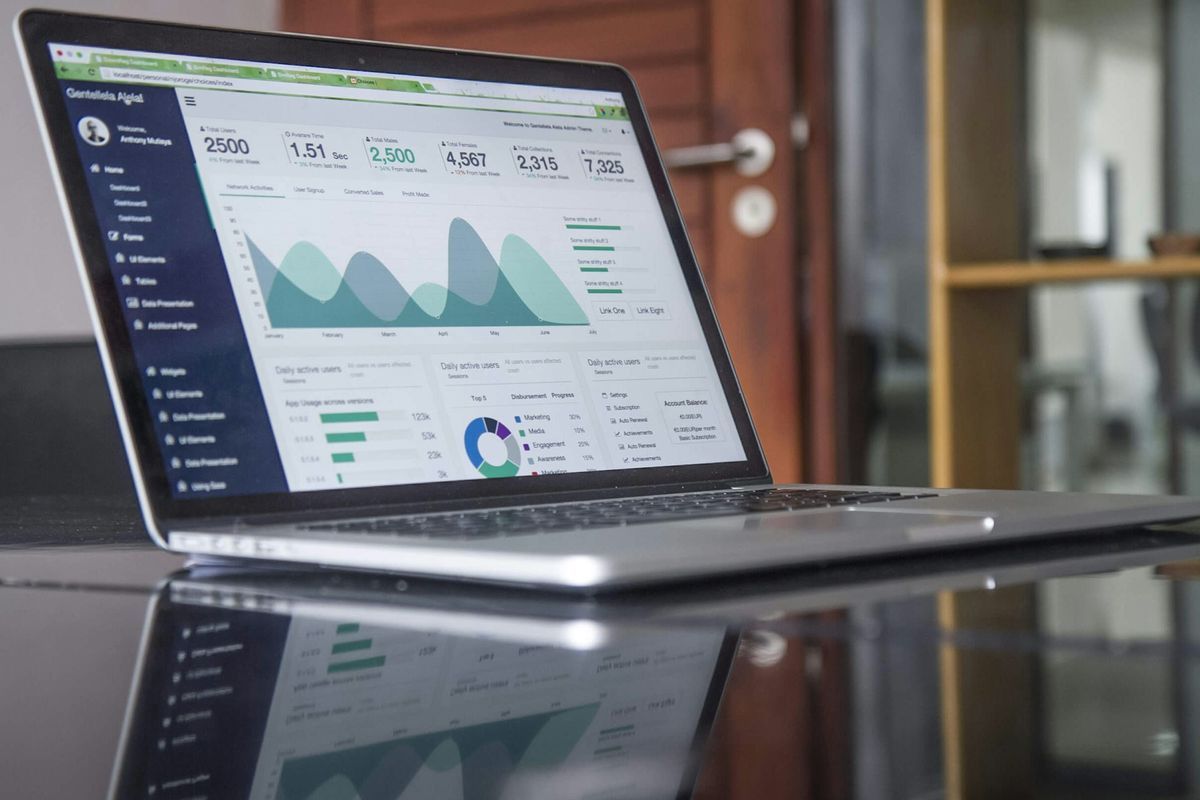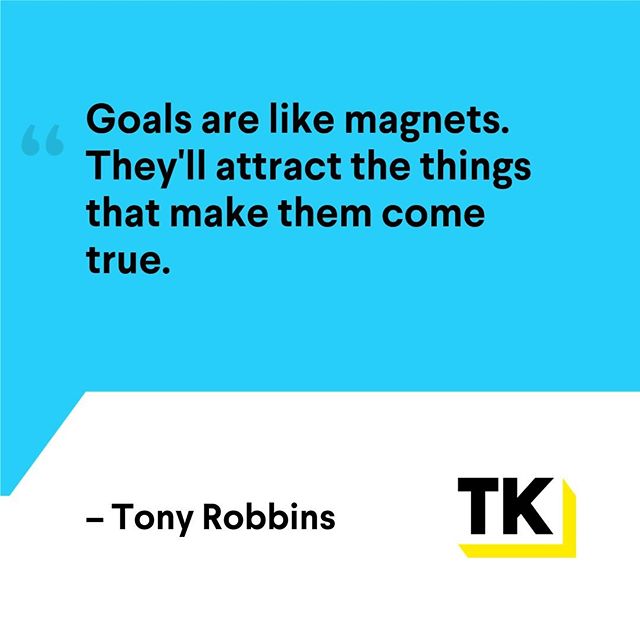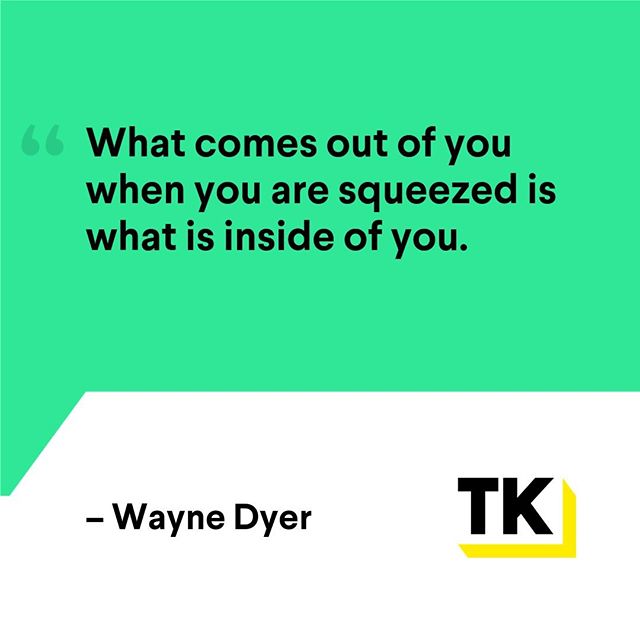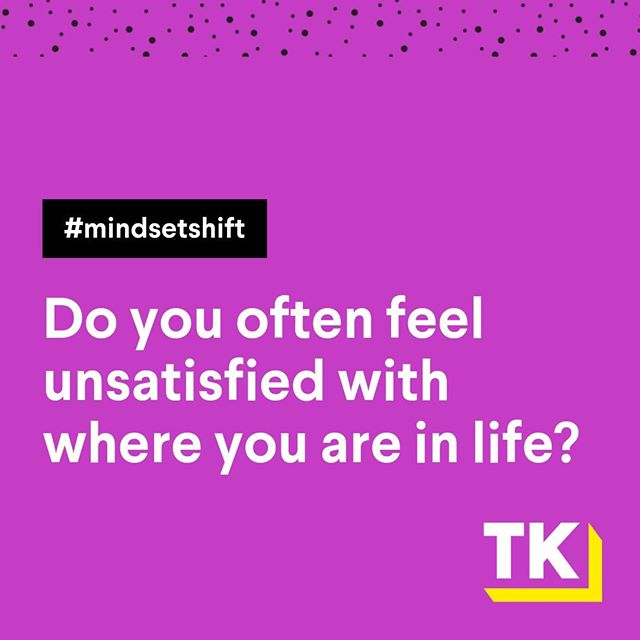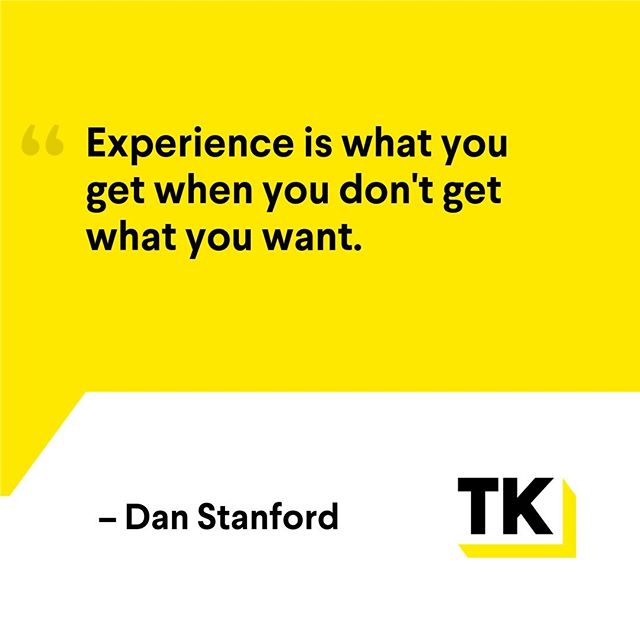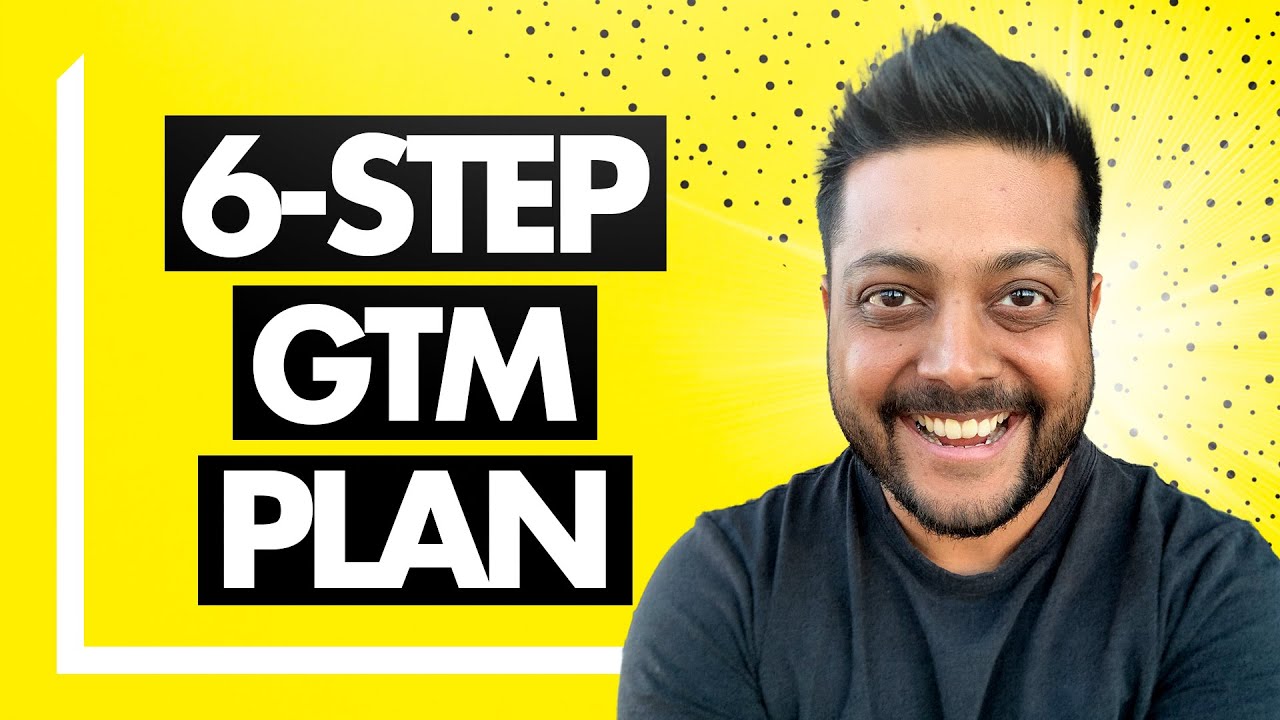When building a SaaS business, you’ve got two levers: Ship Code, Close Deals.
As Founders, molding and creating the product is one of the most important parts of our company. The other part (that we often overlook) is selling it. The success of your business largely depends on how you navigate the SaaS sales process. Closing deals efficiently is the key to sustained growth.
That’s one of the biggest things I learned when transitioning from an engineer to a true startup Founder. I realized I was never just one feature away from growing my company… I actually had to sell my product and close deals.
In this blog, I’m diving into my top three SaaS sales tips that I’ve personally used for over 10 years to close deals faster: Why You, Why Us, and Why Now. Following this guideline will ensure that your sales conversations thrive, allowing you to scale your business into that next stage of growth.
What is SaaS?
Software as a Service (SaaS) is a growing industry, providing on-demand services that are accessible over the internet. Unlike traditional software installations, SaaS simplifies user experience and ensures immediate updates and maintenance. In B2B cases, these programs help streamline processes and help solve real problems businesses may be facing. In fact, most businesses utilize a stack of SaaS products for the success of their company.
How is Selling SaaS Different?
Selling SaaS differs significantly from traditional sales. The intangible nature of SaaS requires a more consultative approach with a focus on educating the customers. Rather than a one-time transaction, B2B SaaS sales feels more like a partnership; nurturing long-term relationships over just selling a product.
This is done through prioritizing customer success and satisfaction. SaaS Sales is more than just selling. It’s about building trust and understanding the client’s needs. The entire sales process requires a customer-centric, relationship-building, educational approach.
SaaS Sales Cycle
A typical SaaS sales cycle follows a structured framework that begins when a potential customer becomes a lead. This is often triggered by the prospect expressing interest in your SaaS solution or engaging with your marketing content. Once they become a lead, the next phase is to qualify and convert them into an opportunity. This marks the official start of the sales process.
From then, you’ll advance into an initial discovery call. This will allow the sales team to understand the prospect’s needs, challenges, and requirements. The cycle will move forward with a varying number of sales calls. How many calls you make is dependent on the complexity and size of the deal. During these calls, you must address any concerns, demonstrate the product, and negotiate terms.
Following successful negotiations and agreements, an onboarding call is conducted. This is imperative as it helps facilitate a smooth integration and familiarization with your SaaS platform. Throughout their subscription, you must continue regular customer success check-ins. These are often in the form of Quarterly Business Reviews (QBRs) to ensure ongoing satisfaction and value realization.
Finally, a renewal call is scheduled approximately 12 months later to discuss contract renewal. At this point, you will address any concerns and potentially upsell additional features or services.
SaaS Sales Tips
There are three major tips I picked up during my time as a SaaS Founder. I took ToutApp from zero to seven million ARR. We then went on to sell ToutApp to Marketo, a market leader in that space. I served at Marketo as SVP of strategy. At one point, I ran all of the European region and their sales organization. During my time, these three principles came into play to actually close deals effectively.
Interestingly enough, these three principles are timeless. They’ve worked in different stage companies, different size companies, and in different regions. You can use these three across your marketing, messaging, and especially in your sales calls.
1. Address Why You are Targeting Your ICP
Whether you’re designing your strategy or engaging in conversations, the very first thing you must address is why your customer is your customer. Understanding the “Why YOU” question is crucial. It resonates with potential customers by highlighting the relevance of your product to their needs.
At the core of every business is an Ideal Customer Profile. Knowing who your customers are and who they aren’t is extremely important for the livelihood of your business. When it comes to selling SaaS, you can’t just sell it to anyone. There’s a specific market problem your SaaS solution is solving… WHO is experiencing this problem?
The issue is, you know who your ideal customers are, but your ideal customers are not aware. In fact, most of the time buyers will question why they even need to be on a sales call with you. You must build that trust and connection by clearly explaining the problem they are facing and why you are specifically reaching out to them. Helping them understand why they are in need of your product justifies their participation in the sales conversation.
2. Address Why They Should Choose You
Customers want to know why they should choose YOU out of all the other SaaS solutions available to them. What sets you apart? Why should they trust you? Why should they buy from you?
In the course of sales conversations, clarifying how your product uniquely addresses their pain points establishes a meaningful connection between your solution and their challenges. This personalized approach helps the customer confidently choose your product.
You can do this by introducing a macro trend that is prevalent in the market. Then support it with the statistics of your own proven work. Share customer success stories of those who trust you, along with the logos of businesses that are currently working with you. This is the conversation framework that I follow: “We have a unique way of approaching this problem, this is a real problem, and here’s what we believe. Let us teach you.”
3. Address Why They Need to Buy Now
Lastly, you need to address why they have to buy now. Creating this sense of urgency is crucial for prompting customers to make immediate decisions.
Based off the last two principles, they may trust you, they might agree that there is a problem… BUT, they might not understand why they need to make a change right now. Many customers will wonder, can they do this later? Is it really urgent for them?
You’ll need to show your potential customers why this is an urgent and important need for them. You can effectively do this by sharing the tangible results your product promises to deliver. Whether it’s streamlined efficiency, cost savings, or competitive advantage, articulating these immediate benefits will reinforce that waiting may result in missed opportunities.
You can also focus on what is at stake for them if they do not make a decision now.
They may lose money, or they will take on more risks. You should position in one of the two ways so that they understand exactly what they’re getting out of it, or what will happen to them if they don’t proceed.
In Conclusion
Incorporating these three into every customer touchpoint, especially in your sales conversations will help you close deals faster. When your customers are exposed to these principles, they are more likely to buy from you. SaaS sales is all about establishing trust and building a relationship.
If you’re a SaaS Founder struggling to close deal effectively, I invite you to check out my 5-Step SaaS Growth Strategy Guide below. Inside this guide, I help you analyze your sales process, create a scalable GTM strategy, and build exponential growth for your SaaS business.



